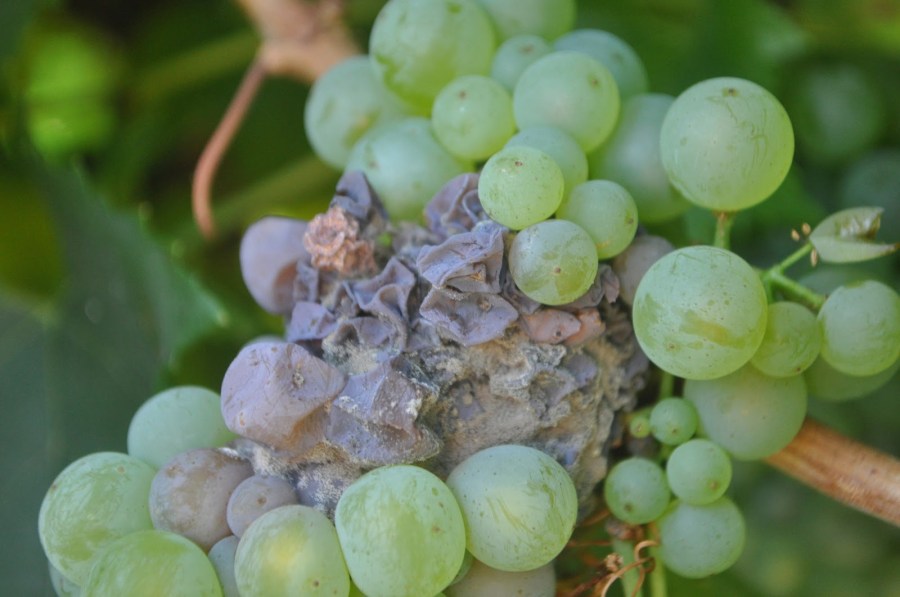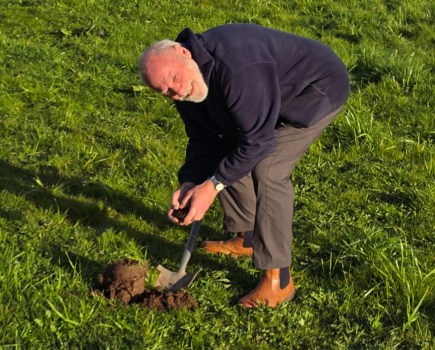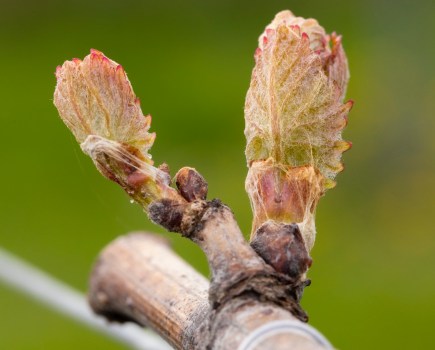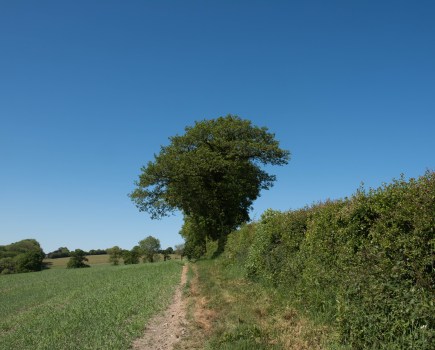Recently I attended the Plumpton College/FERA demo day at Rock Lodge Vineyard discussing the Vitismart project. Of those present, many were being or had been trained at Plumpton College and are keen to learn about new methods.
Neil Boonham, Newcastle University and FERA, introduced the concept of spore trapping to identify major grape diseases. He explained the reasons why this is useful in vineyards and how trapped material could be separated, DNA identified and correlated to a specific disease. Ian Brittain, FERA, discussed pieces of kit to quantify spore numbers (costing £200-£3000) and how an assessment can indicate risk of infection using this data. This can be used as a management tool to decide whether cultural management, such as leaf stripping, should be stepped up, or a spray application required.
Why is this important? In recent weeks, each of the UK Resistance Action Groups (weed, fungicide and insecticide) have met and agreed that the inclusion of mode of action labelling for products should be considered, so that growers can tailor programmes to manage and reduce resistance risk.
Cornell University’s eminent Grape Disease Pathologist, Dr. Wayne F Wilcox always emphasises the need to “rotate the chemistry” to manage resistance and reduce its chances of occurring.
Poor application and resistance are the greatest threat to product efficacy. Few new active substances, even fewer new modes of action, and the loss of existing products mean this risk will increase.
With fewer products available, and dose rates being lowered, growers must maximise the efficacy of products approved. At the demo, it was shown that with some basic kit and matchsticks coated with Vaseline (plus an infield, not so cheap analyser from Optisense) spore release could be monitored and spray applications selected and timed for greater accuracy than the predictive models using data from met stations.
With so many UK vineyards being 2-4 hectares, this opens up a cost-effective opportunity to manage spray applications. Larger vineyards may choose the advanced pieces of technology which can be automated to send results to a central point. From an advisor’s view there is the option of screening spores for resistance to ensure that the product applied is working. All very satisfying and a lot of the equipment is now available off the shelf.




